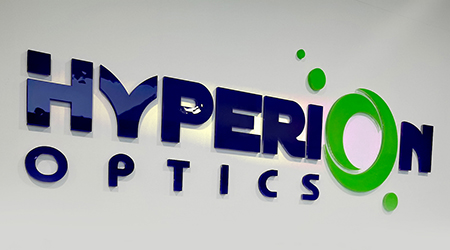On-chip photonic devices show great potential in many applications, including communications, microwave photonic signal processing, quantum information, sensing and computing. Recently, researchers have proposed a novel design concept about operating a chip to control a free-space beam. Compared with free space devices, such as mirrors, on-chip components exhibit great advantages in trajectory and wavefront control. For example, fundamental mode spot converters (SSCs) use focusing lenses. Eaton lenses have been proven able to bend the light trajectory on the chip, and the aberration-free imaging characteristics of Maxwell's fisheye lenses have been used to construct crossed multimode waveguides (MWG). However, the reported scheme has only been proven to be used for fundamental modes, and higher-order modes or non-canonical modes are the preferred modes in specific applications. In Fourier optics, 4-f systems are widely used in optical information processing.
 Call us on:
Call us on:  Email us:
Email us:  R&D Center: 9B-4F 401,No.1 Qingnian Road Liando U Valley,Yuhua International Wisdom Valley, Nanjing, 210039 China
R&D Center: 9B-4F 401,No.1 Qingnian Road Liando U Valley,Yuhua International Wisdom Valley, Nanjing, 210039 China









 English
English  cn
cn  de
de  es
es  fr
fr 


